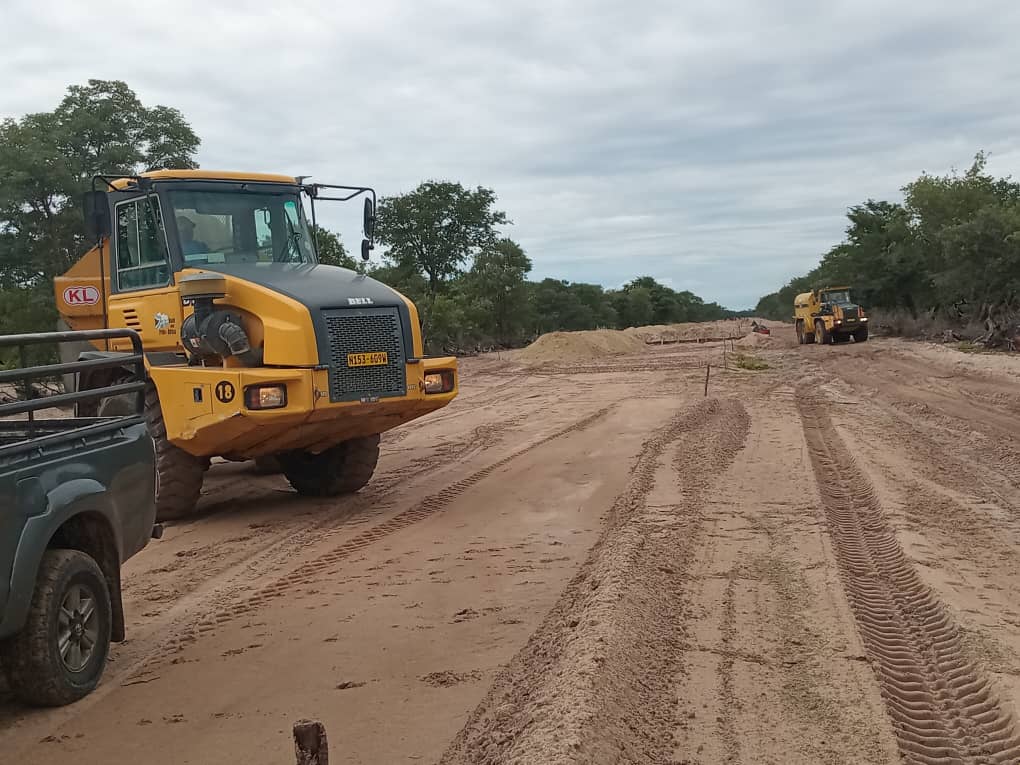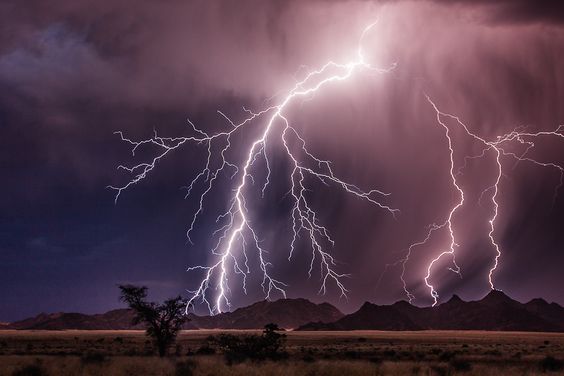THE MINISTRY of Environment and Tourism yesterday declined to comment on a just-released report on illegal ivory trading in Namibia.
Dr Malan Lindeque, Permanent Secretary in the Ministry, told The Namibian that he could not comment on the David Shepherd Wildlife Foundation (DSWF) report, as he had not seen it. Lindeque was speaking from The Netherlands, where he is leading a Namibian delegation to the 14th conference of the United Nations Convention on International Trade in Endangered Species (CITES), starting on Saturday.The DSWF report says illegal trade in ivory in Namibia was fuelled by a CITES decision in 2004 to allow trade in worked ivory objects, known as omakipa (Oshiwambo plural of ekipa).Strict conditions are linked to the decision.Only omakipa set in finished jewellery and accompanied by special certificates could be exported by individual tourists on a “not for resale” basis.Namibia reassured CITES that omakipa would be made only of ivory from Namibian elephants that had died naturally and that the industry would benefit local communities.In August 2006 and April 2007, DSWF visited Namibia.It found that the promised control scheme had not been implemented.In fact, no evidence was found of any controls on ivory trade, in breach of the CITES treaty.In their absence, the organisation said, an uncontrolled trade in all types of ivory ekipa from unknown and probably illegal sources had arisen.According to retailers and traders, omakipa from Angola, Congo, Kenya and Zambia are entering the Namibian market, DSWF said.”Carvers and ivory traffickers from other countries are cashing in on Namibia’s market.What has happened in Namibia represents a microcosm of what will happen on a much larger scale if ivory trade is opened up,” warned Rosalind Reeve of DSWF.Namibia, along with Botswana, is spearheading a campaign at the CITES conference to open up ivory trade.Lindeque was speaking from The Netherlands, where he is leading a Namibian delegation to the 14th conference of the United Nations Convention on International Trade in Endangered Species (CITES), starting on Saturday.The DSWF report says illegal trade in ivory in Namibia was fuelled by a CITES decision in 2004 to allow trade in worked ivory objects, known as omakipa (Oshiwambo plural of ekipa).Strict conditions are linked to the decision.Only omakipa set in finished jewellery and accompanied by special certificates could be exported by individual tourists on a “not for resale” basis.Namibia reassured CITES that omakipa would be made only of ivory from Namibian elephants that had died naturally and that the industry would benefit local communities.In August 2006 and April 2007, DSWF visited Namibia.It found that the promised control scheme had not been implemented.In fact, no evidence was found of any controls on ivory trade, in breach of the CITES treaty.In their absence, the organisation said, an uncontrolled trade in all types of ivory ekipa from unknown and probably illegal sources had arisen.According to retailers and traders, omakipa from Angola, Congo, Kenya and Zambia are entering the Namibian market, DSWF said.”Carvers and ivory traffickers from other countries are cashing in on Namibia’s market.What has happened in Namibia represents a microcosm of what will happen on a much larger scale if ivory trade is opened up,” warned Rosalind Reeve of DSWF.Namibia, along with Botswana, is spearheading a campaign at the CITES conference to open up ivory trade.
Stay informed with The Namibian – your source for credible journalism. Get in-depth reporting and opinions for
only N$85 a month. Invest in journalism, invest in democracy –
Subscribe Now!










